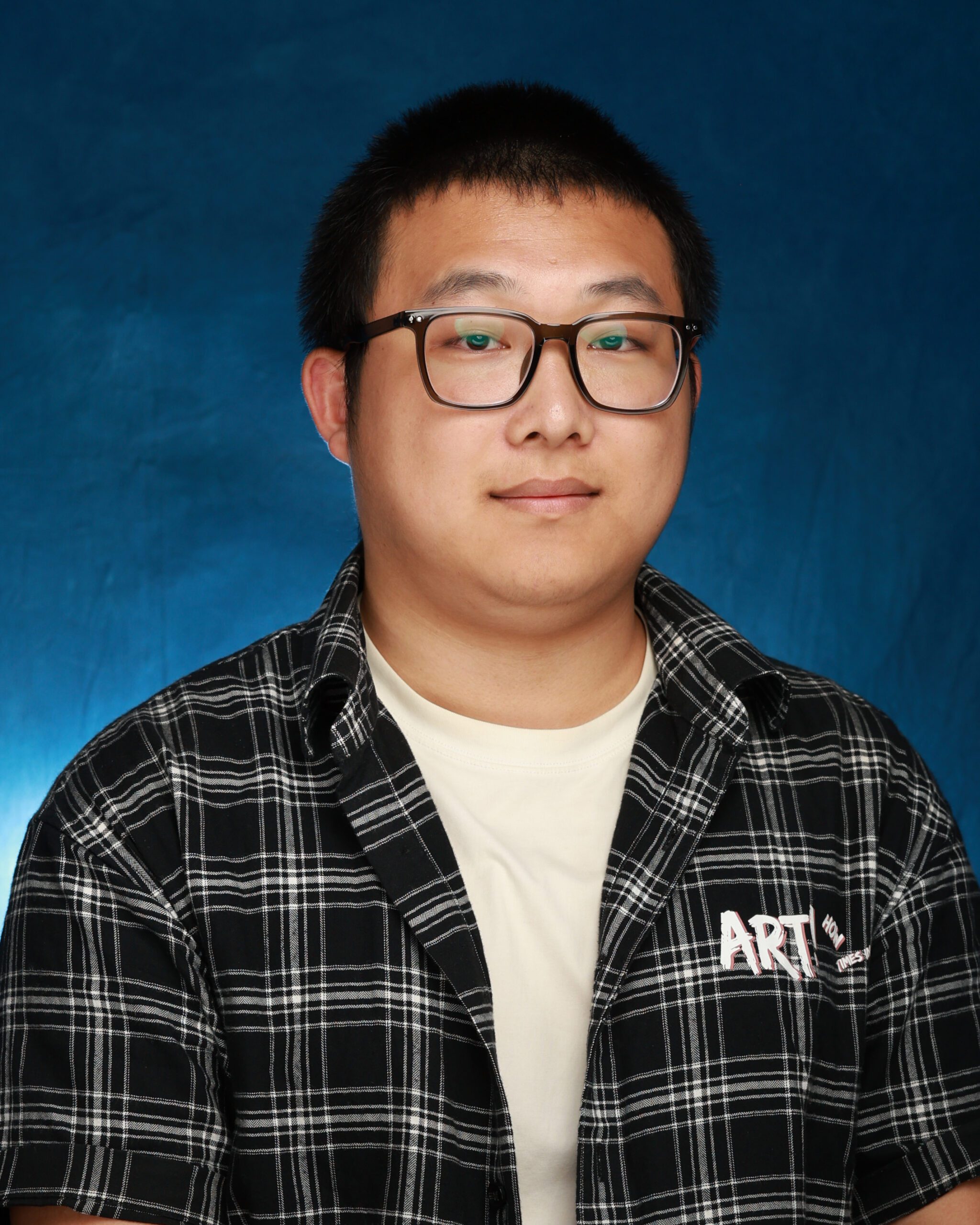Meet Our Graduate Students
Innovators, Scholars, and Change-Makers
Our students are redefining what it means to lead and innovate.

Currently, I am conducting advanced research that centers on the advancement of metal sulfide intercalated layered double hydroxides (LDHs) for environmental remediation. This novel method focuses on efficiently eliminating heavy metal cations and oxoanions from polluted areas, providing a hopeful resolution for reducing the negative effects of industrial pollution. Furthermore, my work includes the important field of nuclear waste remediation, where I investigate the capacity of LDH materials to effectively segregate radioactive contaminants.

At Jackson State University, I am focused on developing advanced 2D material-polymer nanocomposite dielectric capacitors to enhance energy storage capabilities. My research aims to optimize the dielectric and ferroelectric properties of these materials for cutting-edge applications in energy storage devices.

Supercapacitor, electro catalysis, heavy metal removal

Computational Chemistry
As a member of the Center for Computational Chemistry, I employ a first-principles in-silico approach to model and optimize π-conjugated organic molecules for highly-efficient photovoltaic devices using DFT and TDDFT frameworks. My work focuses on molecular modeling and geometry optimization of small molecules, aiming to enhance the design of organic materials for applications in biomedical and chemical research.

Synthesis of Carbon Dots from Fruit Waste for Cancer Cell Imaging

My research focuses on the Synthesis of Biocompatible Nanoparticles for Potential Disease Detection and Therapy. Nanoparticles ranging from 1-200 nm exhibit interesting chemical and physical properties such as size, shape, composition and surface capabilities. I aim to improve diagnostic accuracy and therapeutic outcomes, contributing to cutting-edge solutions in the medical and chemical field.

My research focuses on synthesizing 2D materials for optoelectronic, flexible electronic devices and exploring 2D–2D heterointerface materials for energy-efficient electronics.

My research is focused on using different Green Chemistry approach to synthesize water-soluble, highly stable and biocompatible iron oxide nanoparticles that have theragnostic effects in biomedical applications such as Magnetic resonance Imaging contrast agents, hyperthermia therapy, drug loading and release, photothermal therapy and Cancer cell imaging. These syntheses are usually done using the co-precipitation method where organic solvents are replaced with water and the reactions are carried out below 100oC.

Design of nanomaterials for PFAS separation

Quantification Of miRNA

Perovskite solar cells

Research Area: Synthesis of chalcogels, local structure determination of amorphous solids using synchrotron X-ray pair distribution function (PDF) and X-ray absorption fine structure (XAFS) analysis. My ultimate aim is to pioneer the development of innovative materials that address the requirements of sustainable energy and environmental applications, particularly in the realm of defense legacy nuclear waste treatment.

Synergistic Enhancement of Photocatalysis Using Plasmonic Nanoparticles for Eradication of Multidrug-Resistant Bacteria

Chemical Fractionation of Phosphorus in Soil and Sediments as Affected by Exopolysaccharides from Rhizobium Tropici

Synthesis of nanoparticle for MRI-guilded photothermal therapy
